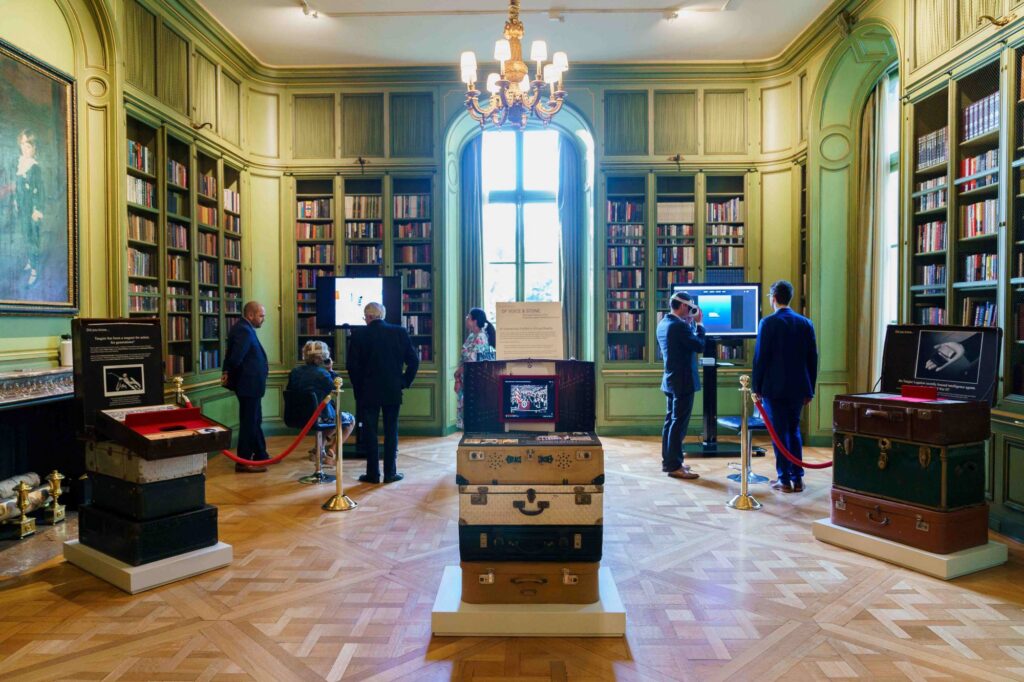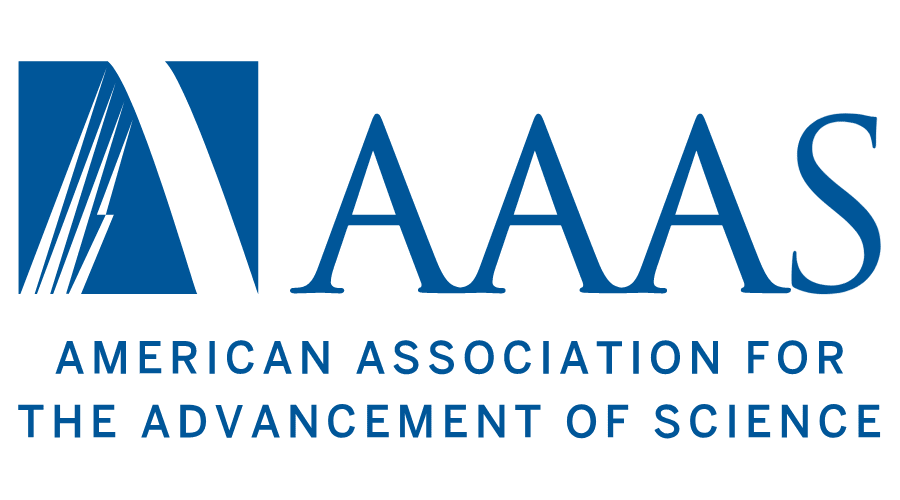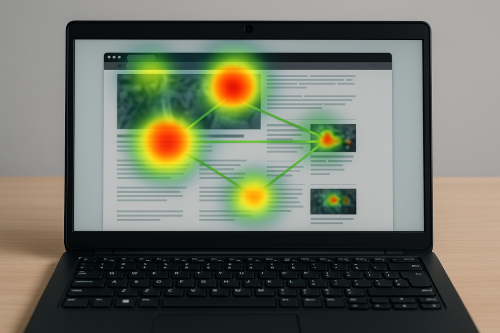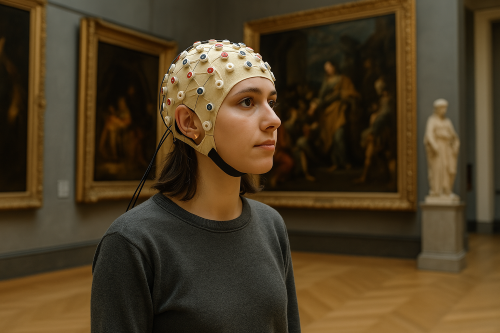
RESEARCH
NeuroDiplomacy: A Neuroaesthetic Study of the Diplomatic Environment of U.S. Properties Overseas
The proposed research uses eye-tracking technology to explore how people’s brains respond to cultural artifacts and spaces, developing a new idea called “neurodiplomacy.” Neurodiplomacy involves using insights from brain science, especially how we visually and emotionally respond to art and heritage, to strengthen mutual understanding and cooperation between different cultures and countries. By scientifically studying reactions to culturally significant objects and buildings, this project aims to show how experiencing cultural heritage can positively affect interactions and perceptions across cultures.
Cultural diplomacy is increasingly recognized as an essential part of international relations. Neurodiplomacy provides a fresh approach to understanding cultural impacts by measuring what draws people’s visual attention and how they emotionally respond to cultural items. By conducting this study in six American embassies around the world, we will gather insights from diverse cultural backgrounds. This broad perspective helps us better understand how different cultures perceive and engage with heritage, informing future cultural diplomacy efforts.
AAAS FELLOW
Maurizio Forte, PhD
William and Sue Gross Distinguished Professor of Classical Studies Art, Art History, and Visual Studies at Duke University
PROJECT DURATION
2025–2026
LOCATIONS
Worldwide

WHAT IS NEUROAESTHETICS?
Neuroaesthetics is the study of how our brain experiences beauty, art, and things we find visually pleasing or emotionally moving. It’s about understanding what happens inside our minds when we see a painting, hear music, or look at beautiful architecture. By looking at brain activity, neuroaesthetics tries to answer why certain images, sounds, or spaces affect us deeply and how our cultural backgrounds shape these reactions.


OUR RESEARCH PARTNER
The American Association for the Advancement of Science (AAAS) aims to globally promote science, engineering, and innovation to benefit society at large. Its vision emphasizes building an inclusive, active, and global scientific community dedicated to fostering scientific excellence and supporting decisions informed by science.
METHODOLOGY
Methods and tools used in this project are aimed at evaluating human perception during an aesthetic experience like the observation of an artifact, an architectural space or specific elements characterizing a build environment. The scientific methods to approach the complexity of this observation involve the use of different devices such as eye-tracking systems, EEG (electroencephalograms), fNIRS (analyzing blood oxygenation levels in the brain’s prefrontal cortex), and other type of biometric tools. This explains the multimodal nature of human vision: “we see”, “we think”. In other words, any aesthetic experience involves body and brain as a unit.
EYE TRACKING
Eye-tracking experiments using wearable eye-tracking glasses involve participants wearing lightweight, unobtrusive glasses equipped with cameras and sensors that track their eye movements in real-world environments. These glasses allow researchers to collect data on where and how long participants focus their gaze as they engage in natural activities, such as walking through a museum or interacting with others. The eye-tracking glasses capture high-resolution video of the participant’s field of view, along with precise eye movement data as well as other facial biometric data, enabling researchers to analyze visual attention and cognitive processes in dynamic, real-life contexts. This method provides valuable insights into how people navigate, interpret, and respond to their surroundings. By studying eye movements in real-world settings, researchers can better understand the complexities of visual perception in everyday life.
WEBCAMS AND ON-SCREEN EXPERIMENTS
Eye-tracking experiments that utilize computer screens involve participants viewing digital stimuli while their eye movements are tracked and recorded using specialized eye-tracking devices. These devices, often integrated with or mounted on the computer screen, use infrared light to detect and measure the position and movement of the eyes with high precision. During the experiment, participants may be asked to look at images, videos, or interactive content, and the eye-tracking software captures data on where they look, how long they fixate on specific areas, and the sequence of their gaze shifts. This data is then analyzed to understand visual attention patterns, cognitive processing, and emotional responses to the stimuli.
EEG AND fNIRS (BLOOD FLOW & O2 MONITORING)
EEG devices measure the brain waves, while fNIRS (Functional Near-Infrared Spectroscopy) devices are non-invasive neuroimaging tools used to measure brain activity by detecting changes in blood oxygenation and blood volume. fNIRS uses near-infrared light to penetrate the scalp and skull, allowing it to monitor brain function in real-time.
Combining EEG and fNIRS allows for a more complete picture of brain activity, integrating both electrical and hemodynamic data. Both techniques are non-invasive, making them suitable for repeated use in research and clinical settings.




